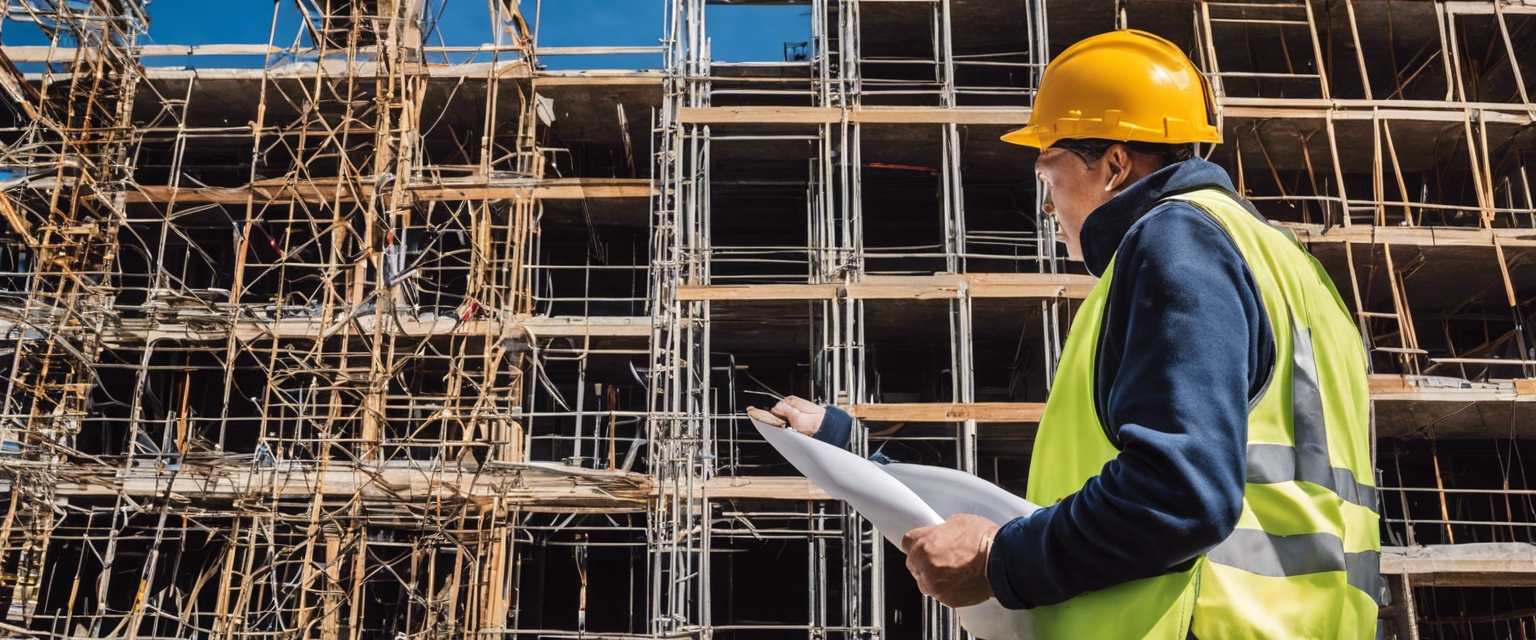5 tips for sustainable construction on your farm
As the world becomes increasingly aware of the environmental impacts of human activities, sustainable construction practices have become essential, especially in the agricultural sector. Sustainable construction not only helps in reducing the carbon footprint but also ensures long-term viability and cost savings for farm owners.
Sustainable construction involves the use of eco-friendly materials and practices that minimize environmental impact while maximizing resource efficiency. It encompasses everything from the design and planning stages to the construction methods and materials used.
Agriculture has a significant impact on the environment, and incorporating sustainable construction practices on your farm can lead to a more efficient and eco-friendly operation. It can also enhance the overall health of the land and the local ecosystem.
Tip 1: Incorporating Renewable Energy Sources
Renewable energy sources are a cornerstone of sustainable construction on farms. They provide a clean, inexhaustible source of power that can significantly reduce your farm's carbon footprint.
Installing solar panels can harness the sun's energy to power farm operations. This can include everything from lighting to running irrigation systems, reducing reliance on non-renewable energy sources.
Wind turbines can also be an effective way to generate power on a farm. They can be particularly beneficial in open, rural areas where wind is abundant.
Tip 2: Utilizing Sustainable Building Materials
Choosing the right building materials is crucial for sustainable construction. Materials should be durable, recyclable, and have a low environmental impact.
Using recycled materials can reduce waste, while natural materials like wood from sustainably managed forests can minimize environmental damage.
Sourcing materials locally not only supports the local economy but also reduces the carbon emissions associated with transportation.
Tip 3: Water Conservation and Management
Water is a precious resource on a farm, and sustainable construction should include strategies for efficient water use and conservation.
Drip irrigation and other efficient systems can significantly reduce water usage while maintaining crop health.
Collecting and storing rainwater for agricultural use can reduce dependence on local water supplies and lower utility costs.
Tip 4: Designing for Energy Efficiency
Energy-efficient design can greatly reduce the amount of energy required to operate farm buildings, leading to long-term savings and a smaller environmental footprint.
Designing buildings to take advantage of natural light and heat can reduce the need for artificial lighting and heating.
Proper insulation and the use of energy-efficient windows can help maintain interior temperatures, reducing the energy needed for heating and cooling.
Tip 5: Long-Term Planning and Land Management
Effective land management is essential for the sustainability of farm operations. This includes considering the long-term impacts of construction projects on the land and its ecosystems.
Construction projects should be planned with agricultural activities in mind, ensuring that they complement rather than disrupt farming operations.
Preserving natural habitats and promoting biodiversity can lead to a healthier farm ecosystem and contribute to the overall sustainability of the farm.






Comments (0)